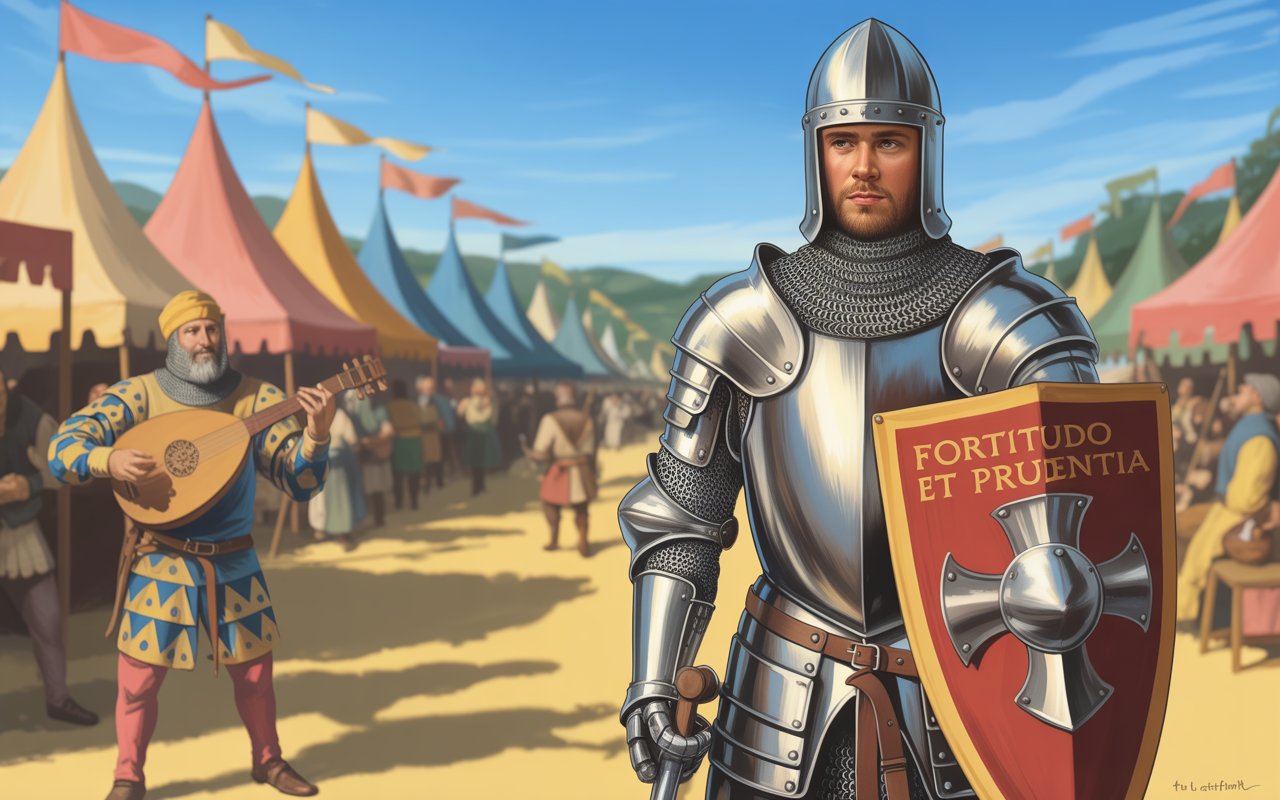Renaissance Fair Guide: History, Costumes, Activities & Tips for Visitors

Strong 8k brings an ultra-HD IPTV experience to your living room and your pocket.
Renaissance fairs are vibrant celebrations of history, fantasy, and culture. Whether you’re attending your first fair or you’re a seasoned participant, this comprehensive guide will help you understand what to expect—from the rich history of these events to detailed Renaissance costume ideas, activities, and expert tips for making the most of your visit.
What Is a Renaissance Fair?
A Renaissance fair (or festival) is a themed event that recreates the ambiance of the Renaissance period, typically between the 14th and 17th centuries. These festivals often include historical reenactments, traditional music, medieval-inspired food, artisan vendors, theatrical performances, and, most importantly, elaborate Renaissance festival costumes.
Visitors are encouraged to dress in period-appropriate attire and immerse themselves in the world of knights, queens, jesters, merchants, and peasants. The fairs are family-friendly and educational, offering a mix of fun and historical context.
Brief History of Renaissance Fairs
The first modern Renaissance fair in the U.S. was the Renaissance Pleasure Faire held in California in 1963. It was organized as a living history project, and it sparked a national trend. Today, Renaissance festivals are held across the United States and Europe, each with its own regional flair and traditions.
These fairs often focus on English or European Renaissance settings, though some incorporate fantasy elements like fairies, dragons, and mythical creatures, adding an imaginative twist to the historical backdrop.
Why Costumes Are Essential at Renaissance Fairs
Costumes are a key part of the Renaissance fair experience. Wearing themed attire enhances immersion and allows you to play a role within the recreated world. Whether you're attending as a noble lord, a humble blacksmith, or a mystical bard, your outfit helps tell your story.
Many fairs even offer costume contests, photo booths, and themed activities where dressing up adds to the fun. Planning your outfit in advance ensures you blend in with the environment and enjoy the full experience.
Renaissance Costume Ideas for Every Role
Discover the best Renaissance costume ideas for every role—nobles, peasants, knights, artisans, and fantasy characters. Explore detailed outfit tips for men and women attending Renaissance fairs, festivals, or themed events. Dress authentically and stand out! Choosing the right outfit depends on your character and the level of detail you want. Here are some Renaissance costume ideas to consider:
1. Nobility and Royalty
- Velvet gowns with embroidery, brocade jackets, and jeweled accessories.
- Women can wear corsets, farthingales, and elaborate headpieces.
- Men often wear doublets, puffed sleeves, and capes.
2. Peasants and Villagers
- Simple linen or cotton garments in earth tones.
- Aprons, vests, and bonnets for women.
- Loose shirts, breeches, and leather belts for men.
3. Merchants and Artisans
- Layered clothing with utility pouches.
- Accessories like satchels or scrolls for scribes or apothecaries.
4. Fantasy Roles
- Elf ears, fairy wings, wizard staffs, and other magical accessories.
- Capes, masks, and fantasy-inspired color palettes.
Renaissance Festival Costumes for Men
When it comes to Renaissance festival costumes for men comfort and authenticity can go hand in hand. Here are popular choices:
- Knight or Warrior: Armor pieces, leather gauntlets, tunics, and swords.
- Pirate or Sea Captain: Tricorn hats, long coats, sashes, and boots.
- Merchant or Bard: Tunics with belts, lutes, pouches, and cloaks.
- Peasant or Farmer: Simple cotton shirts, wool trousers, and rustic footwear.
Layering is key—use vests, belts, and outer garments to create a rich and dimensional look.
Renaissance Festival Women’s Costumes
Renaissance festival womens costumes are rich in detail and style, ranging from regal to rustic. Common elements include:
- Queen or Lady: Full gowns with hoop skirts, corsets, gloves, and veils.
- Tavern Wench: Bodices, chemises, layered skirts, and leather belts.
- Healer or Herbalist: Earthy tones, satchels with herbs, and cloaks.
- Sorceress or Fairy: Flowing dresses, jewelry, and fantasy accessories.
For women, accessories like jewelry, flower crowns, and lace-up boots add the final touch.
Where to Get Renaissance Festival Costumes
Costumes can be rented, purchased online, or handmade. Many fairs also have on-site vendors selling period-appropriate attire. When choosing your costumes for Renaissance festival, consider:
- Weather: Choose breathable fabrics for hot climates and layered options for cooler weather.
- Mobility: You’ll be walking a lot, so wear comfortable shoes and avoid anything too restrictive.
- Functionality: Pouches or satchels are useful for carrying small items.
Popular Activities at Renaissance Fairs
Renaissance fairs are full of engaging events and attractions. Here are some popular activities:
1. Jousting Tournaments
Watch knights on horseback compete in thrilling matches that mimic medieval chivalry and combat.
2. Stage Performances
Enjoy Shakespearean plays, comedic skits, and musical acts performed by costumed entertainers.
3. Artisan Markets
Shop for handmade crafts, leather goods, jewelry, pottery, and more. These markets reflect the craftsmanship of the Renaissance period.
4. Food & Drink
Feast on turkey legs, meat pies, and mead. Many fairs offer Renaissance-inspired dishes served in period-style stalls.
5. Games and Rides
Try your hand at archery, axe throwing, or old-fashioned carnival games. Some fairs include human-powered rides for added fun.
Tips for Visiting a Renaissance Fair
To make the most of your Renaissance fair experience, keep the following tips in mind:
1. Dress the Part
Even if you’re new, wearing a simple costume enhances the fun. Look for basic Renaissance festival costume pieces like cloaks, tunics, or accessories.
2. Plan Ahead
Check the fair’s website for schedules, maps, and themed days. Some events have “Pirate Day” or “Fantasy Day” where special activities take place.
3. Bring Essentials
Pack sunscreen, water, cash (some vendors don’t take cards), and a small bag for purchases. Wear shoes suitable for walking on uneven terrain.
4. Interact with Performers
Many performers are trained in character interaction. Don’t be shy—greet them in period-style language and play along!
5. Respect the Rules
Most fairs have codes of conduct regarding weapons, photography, and behavior. Follow posted guidelines for a safe and respectful experience.
Conclusion
Renaissance fairs are magical events that bring history to life through engaging performances, interactive activities, and detailed costuming. Whether you’re attending as a knight, maiden, jester, or wanderer, dressing up in Renaissance festival costumes and joining in the festivities makes the experience unforgettable.
From practical costume ideas for Renaissance festival events to tips for getting the most out of your visit, this guide equips you with everything you need. So grab your doublet, lace your corset, and prepare for a day of merriment and medieval adventure!
Note: IndiBlogHub features both user-submitted and editorial content. We do not verify third-party contributions. Read our Disclaimer and Privacy Policyfor details.




